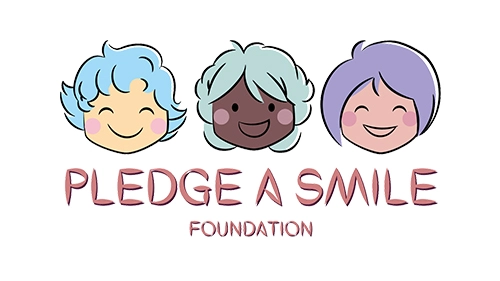Periods, or menstruation, are natural and typical vaginal bleeding that happens as part of a woman’s monthly cycle. It’s a regular occurrence for girls and women between the ages of 12 and 50. Menstruation, despite being a common occurrence, is frowned upon in traditional Indian culture. It is considered taboo due of prejudice and misconceptions. As a result of this revulsion, menstruation has become a horrible, unholy, and unattractive occurrence in the average Indian family. These manifestations have deterred women from obtaining menstrual hygiene, information, and awareness. Women are not only denied social status (a woman who is menstruating is deemed filthy), but they are also subjected to medical negligence as a result of misunderstanding and bigotry against them.
The taboo status of menstruation can be traced back to Vedic writings that relate Indra’s murder of Vritras. Women have taken on the guilt of killing a brahmana/upper caste as part of Indra’s guilt, which manifests itself every month as menstrual flow. While the scientific explanation for menstruation is based on a woman’s ovulation cycle, the legendary explanation is far more popular and accepted in society. Women are deemed ‘impure’ as a result, and are prohibited from going about their regular lives during their periods. This has further radicalised women and provides an opportunity for patriarchal Indian culture to reclaim control over women’s bodies and degrade them to second-class citizens.
Furthermore, the ignorance and bias have had serious consequences. According to a research published by Dasra in 2015, over 23% of Indian girls drop out of school when they hit puberty. Menstruating children and women frequently lack knowledge and awareness about menstrual health and hygiene. In India, over 77% of menstruation girls and women use old cloth, which is frequently repurposed as sanitary napkins, which are a luxury in terms of accessibility and pricing. Infections of the reproductive and urinary tract can result from poor menstrual hygiene. Bacterial infections such as Salmonella, Staphylococcus, and E.coli can also be caused by them. These bacteria have the ability to grow quickly in the reproductive system, resulting in sepsis and other problems. According to the BBC Magazine, poor menstrual hygiene is responsible for almost 70% of reproductive illnesses in Indian women. Women’s health is jeopardised by health difficulties caused by a lack of menstrual cleanliness and sanitation, especially when the cause of the complications is widely overlooked in India.
As a result, intersectional reforms are required to address India’s menstruation problem. Menstrual hygiene and sanitation must be made more accessible and inexpensive by the government. The government just removed the 12% tax on sanitary napkins, which is a terrific start. This taboo, however, can be broken if people’s attitudes shift. The key to overcoming the age-old prejudice against menstruation and the women affected by it is to raise social awareness in schools, villages, and households. To achieve this in every area of the country, a thorough and coordinated plan is required.
